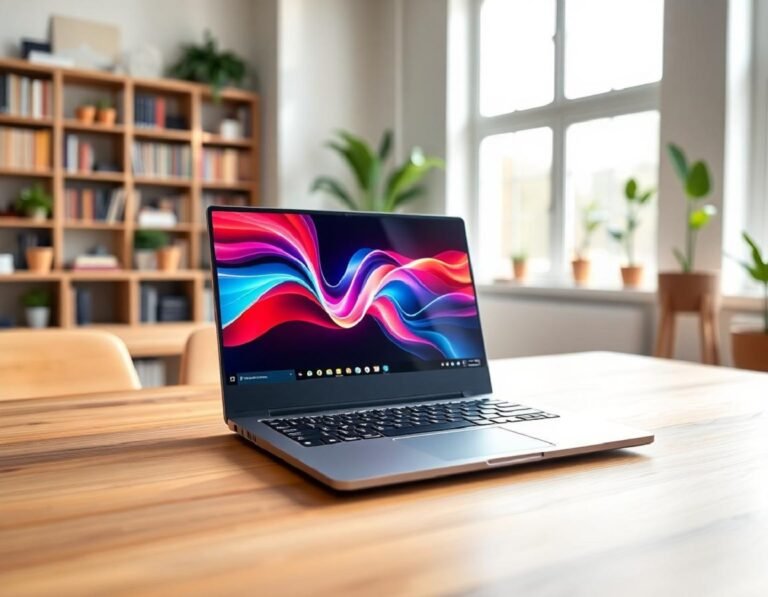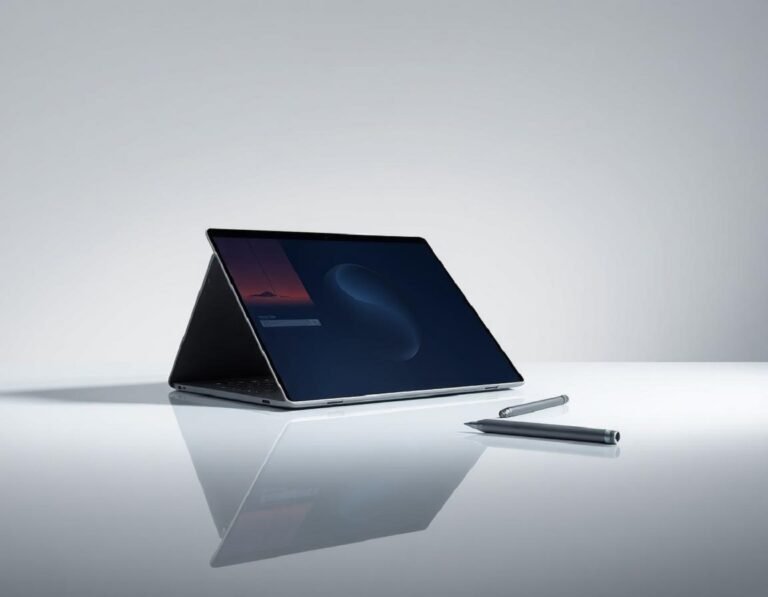Best Drones for Kids under $100: July 2025 Models
Best Drones You Can Get for Under $100
Over the past few years, drones have popped up everywhere. People use them for everything from serious security work to just having a good time in the backyard. You can’t walk through an online store without seeing shelves loaded with all types of drones. If you don’t want to spend a lot, you still have plenty of high-quality options under $100.
Ryze Tello
The Ryze Tello is a compact quadcopter you fly straight from your phone or laptop using Scratch. While its video isn’t high definition, it works well as a hands-on gadget for beginners to learn flying and simple coding skills.
Cheerwing Syma X5SW-V3
Cheerwing USA’s Syma X5SW-V3 is a popular pick thanks to its steady six-axis gyro and strong feature set for the price. Fly it smoothly or try flips and tricks in the air while watching a live feed on your phone. It’s easy to handle after you get the hang of the controls.
Eachine E010 Mini UFO Quadcopter
Drones don’t need to be huge. The Eachine E010 Mini measures less than 2 by 4 by 4 inches and fits easily in one hand. At only $21, it offers an easy and cheap way to jump into flying drones without worry.
UFO 3000 LED Drone Quadcopter
If you want something that stands out, the UFO 3000 LED Drone brings glowing blue and green lights to your backyard flight. Night flights turn into instant light shows, and you can even pull off flips and spins with friends watching.
QCopter HD Camera Drone with Bonus Battery
Some drones run out of juice fast, but the QCopter package includes a bonus battery. Each battery gives you up to 15 minutes of steady flight, so you can keep flying for about half an hour with a quick swap.
Hubsan X4 Quadcopter with FPV Camera
For aerial photography without the steep price, the Hubsan X4 gives you a 320-foot range. Live video streams right to its controller’s built-in screen, and you can save footage using a Micro SDHC card. It’s a solid way to try out first-person drone filming.
Rabing Flying Car Quadcopter
Want more than just flying? Rabing’s Flying Car Quadcopter drives on the ground like an RC car and takes off into the air as a drone. Its bright multi-color LEDs look awesome no matter how you use it.
Tozo MJX X901 Mini Hexacopter
The Tozo MJX X901 uses six blades, giving it extra balance when flying around the house or outside. It’s tiny, travels well, and stays airborne for up to seven minutes on a single charge.
KingPow VR RC Drone
If you dream of an immersive drone view, the KingPow VR RC Drone streams live video straight to your phone and works with VR headsets. Snap your phone in and fly from a first-person view for a unique experience every time.
There’s a solid lineup of drones under $100. Whether you like cool lighting, long flight times, or just want to practice your piloting, these drones offer plenty of fun for all experience levels.





![Best Samsung Galaxy Watch Deals Before Prime Day [2025].](https://www.gadgeteval.com/wp-content/uploads/2025/07/samsung-galaxy-watch-modern-office-desk-768x597.jpg)

